
The Yasuni National Park in Ecuador is one of the most biodiverse places on earth, but it is currently at risk from oil development. Some of the park’s inhabitants, however, are trying to forge a more sustainable, and less destructive path out of poverty. These indigenous Kichwa people, who have already been caretakers of the rainforest for hundreds of years, have developed ecotourism in the region, providing all the jobs, schools and healthcare that they need. How did the community find the commitment and tenacity required for such a project? By thinking like Leafcutter ants.
To find out about the award winning model of conservation and sustainability H20 Radio’s Frani Halperin and Jamie Sudler visited the region earlier this year and produced the podcast Want to save the Amazon? Think like an Ant. We play this feature [4:15] on this week’s show and afterward [18:30] talk with Frani and Jamie about the project and what Coloradoan’s can learn from the Kichwa community’s efforts.
Hosts: Jane Palmer, Beth Bennett
Producer: Jane Palmer
Engineer: Maeve Conran
Executive Producers: Kendra Krueger, Jane Palmer
Listen to the show:
Podcast: Play in new window | Download (Duration: 24:38 — 22.6MB)
Subscribe: RSS




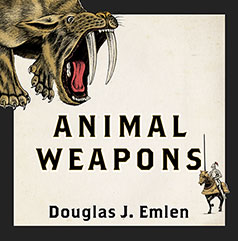

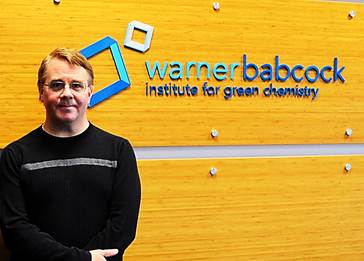
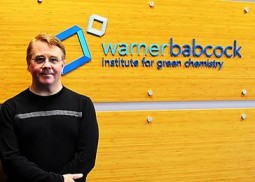
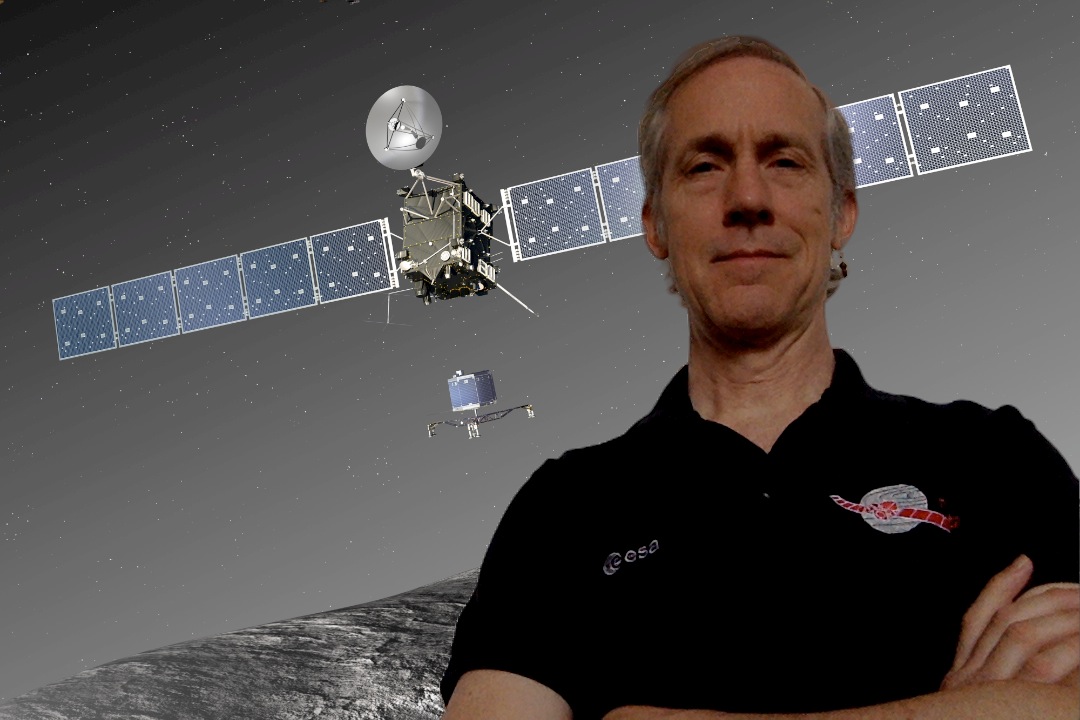
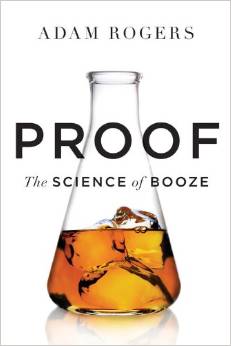 Proof: The Science of Booze (starts at 8:09): Science journalist
Proof: The Science of Booze (starts at 8:09): Science journalist 

 (4:33) Think computer coding and art are worlds apart? Vikram Chandra, author of the novel Sacred Games would have you think again. In his most recent book Geek Sublime: The Beauty of Code, The Code of Beauty, Chandra looks deeply into the connections between technology and art, illustrating his arguments with a history of coding and a meditation on the writer’s craft. Under his musings is Chandra’s own story, where he finds his way to the West from India and dabbles in literature, then coding, then back to writing.
(4:33) Think computer coding and art are worlds apart? Vikram Chandra, author of the novel Sacred Games would have you think again. In his most recent book Geek Sublime: The Beauty of Code, The Code of Beauty, Chandra looks deeply into the connections between technology and art, illustrating his arguments with a history of coding and a meditation on the writer’s craft. Under his musings is Chandra’s own story, where he finds his way to the West from India and dabbles in literature, then coding, then back to writing.
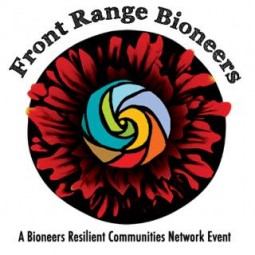


 Gulp [starts at 4:25] Bestselling author,
Gulp [starts at 4:25] Bestselling author, 
 Do Fathers Matter? (start time: 3:07) If you’re a father or a son or daughter – which pretty much covers everyone – this interview should hit home. Science journalist Paul Raeburn’s latest book — “Do Fathers Matter? What Science Is Telling Us About the Parent We’ve Overlooked” – explores what seems like a no-brainer question. But the answers he discovers surprised even him. After last week’s pledge drive teaser, we now offer the extended version of host Susan Moran’s interview with Raeburn.
Do Fathers Matter? (start time: 3:07) If you’re a father or a son or daughter – which pretty much covers everyone – this interview should hit home. Science journalist Paul Raeburn’s latest book — “Do Fathers Matter? What Science Is Telling Us About the Parent We’ve Overlooked” – explores what seems like a no-brainer question. But the answers he discovers surprised even him. After last week’s pledge drive teaser, we now offer the extended version of host Susan Moran’s interview with Raeburn.


